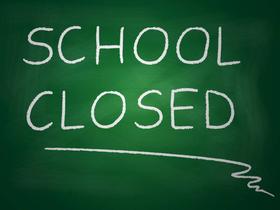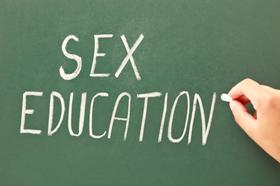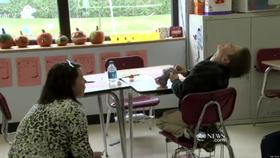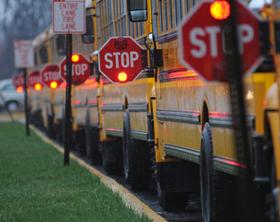Earlier this year, the Obama administration predicted that nearly 80 percent of all public schools nationwide would miss the benchmarks required by the No Child Left Behind Act by the end of 2011. Now that the numbers are in from the Center on Education Policy, the number of schools failing No Child Left Behind is considerably lower than original predictions. However, at a failure rate of almost 50 percent, there is still plenty of concern over what needs to be done to revamp NCLB to make it a more effective means of evaluating school performance across the country.
What is No Child Left Behind?
According to an article at Great Schools, the No Child Left Behind Act was enacted in 2002 and has demonstrated “sweeping impact” in public schools across the country. This piece of legislation has been instrumental in determining what students would learn, the tests they would take, and the training teachers received. The original intent of the law was to hold all public schools to a national standard, so that students in all locations and from all demographics would receive the same quality education. Targets are established, and schools that meet the targets receive their maximum funding allowance, while schools that fail to make the grade may lose funding and even be subject to closure.
A report at CNN explains that states are required to set proficiency goals, develop testing to accurately assess their progress toward those goals, and report their results to the Department of Education. The ultimate objective of NCLB is to have every student reading at a proficient level or above by 2014. Unfortunately, the act does not appear to be performing as well as lawmakers had hoped when the act went into effect nearly one decade ago.
Failures of No Child Left Behind
The number of schools that are falling behind in the primary objectives of NCLB appear to be on the rise. According to a report at The Atlantic, 29 percent of all schools nationwide failed to make the NCLB benchmarks in 2006. By 2010, that number was up to 39 percent. Just one year later, in 2011, the number of schools failing to make the grade according to NCLB standards is up to 48 percent. Granted, this is better than the predictions made by Education Secretary Arne Duncan at the beginning of the year. However, with nearly half the schools in the country failing according to NCLB standards, education experts are asking if NCLB was really the right path in the first place.
Another concern is the extensive variation of scores between states, indicating this act is not sufficient in guaranteeing the same quality of education to all children across the country. The Atlanta Journal-Constitution cites the following example; about 11 percent of schools in Wisconsin are failing to meet NCLB standards, while the failure rate in Florida is 89 percent. The reason for the discrepancy may well be a matter of discrepancy, since states are allowed to provide their own standards in terms of proficiency testing and grading scales. However, with the current data far from complete, it is impossible to tell if it is a matter of standards or a huge discrepancy in education quality between the two states.
Trying to Fix a Broken System
According to Business Week, Education Secretary Duncan used the larger estimate of failed schools earlier in the year to justify his proposal to offer waivers to certain schools that were not making the grade. These schools would have to agree to abide by an agenda set by the Department of Education that includes methodology to tie teacher evaluations to student performance. Congress is also looking at how to rewrite the NCLB bill.
Jack Jennings, president for the Center on Education Policy, said that even though the actual number of failing schools was less than originally predicted, it still shows the policy must be changed to be effective.
“Whether it’s 50 percent or 80 percent, the law is too crude a measure of what is considered failing,” Jennings was reported saying at Business Week. “The law is defective, and Duncan is right to want to change it.”
Education Secretary Duncan sees NCLB as a broken system that he is willing to close. Duncan was reported saying in The Atlantic, “No Child Left Behind is broken.” As a result, Duncan has virtually pulled all support for the program. In the meantime, waivers and other Band-Aid measures are being put into place at this time in an attempt to shore up failing schools until they can improve their quality and their test scores.
“The trend is still clear,” Peter Cunningham, an assistant education secretary, told Business Week. “More and more schools are being labeled failing, triggering a one-size-fits-all response under No Child Left Behind. States need more flexibility. That’s why we need to fix the law.”
Other data suggests No Child Left Behind isn’t working as well. Business Week reports that high-performing schools can be categorized as failing under NCLB, if the school has a higher-than-average number of students with disabilities or who are ESL. According to The Atlantic, College Board reported in September that SAT reading scores were at their lowest level in 40 years. In November, the National Assessment of Educational Progress reported that national performance ratings in reading have all but stagnated, and that the achievement gap between black and white students has not improved in the past two years.




























































































